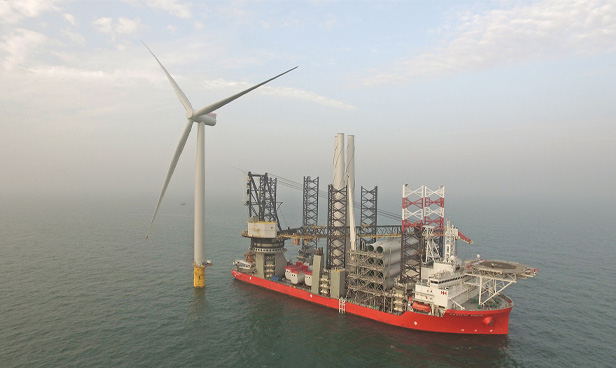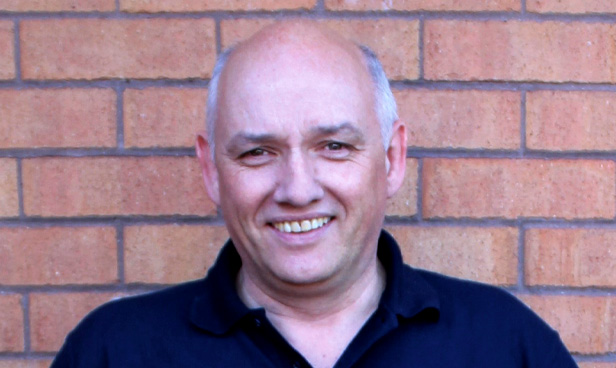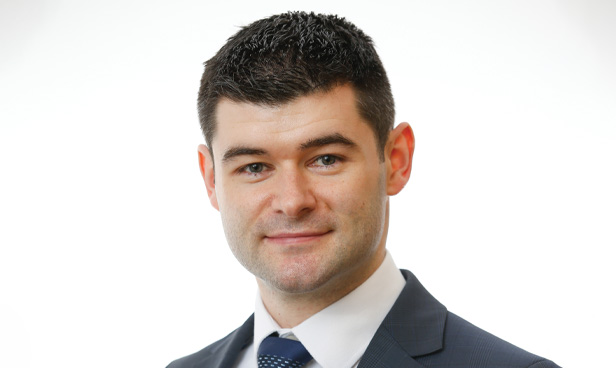
Offshore wind energy in Ireland… Vision gets closer
29th April 2021
Decarbonising your business: Where do you start?
29th April 2021Leading the way to 2030

Last year wind energy in Ireland provided just over 36% of our electricity. With small amounts of additional power, from hydro for example, this meant that Ireland achieved our target to source 40% of our electricity from renewables by 2020.
This is an incredible achievement and a testament to the efforts of our members over the last 20 years to build a world-class wind energy industry. It is also due to the innovation and hard work shown by EirGrid and ESB Networks in strengthening the electricity grid and incorporating renewables in such large volumes.
It is not enough; the world’s climate and biodiversity crisis is only getting worse while in Ireland more extreme weather events are becoming increasingly common.
But it is a start and it provides a firm foundation on which to build towards what most be our ultimate objective – a zero-carbon Irish energy system.
Over the last year Wind Energy Ireland has developed what we refer to as the 70by30 Implementation Plan – a set of four reports that set out in exact detail how we can build the onshore and offshore wind farms we will need to get to 70% renewables by 2030.
The plan identifies what needs to be done to strengthen the grid to accommodate this renewable energy and how it can be done in the most cost-effective way possible.
Double renewable energy
In the next 10 years our members need to build twice as much onshore renewable capacity as they did in the preceding 20 years. And, while doing that, many of them are also going to be leading the development of an entirely new Irish industry in the form of offshore wind.
We will be working alongside our colleagues in the solar and battery energy storage industries who have their own significant parts to play.
And that is just electricity. We need to decarbonise heat by retrofitting hundreds of thousands of buildings, installing heat pumps in rural homes and rolling out district heating to our cities. We must decarbonise transport by encouraging people to use public transport, to walk or cycle instead or, if they must use vehicles, to use ones powered by electricity or hydrogen.
We need to come together now to identify the barriers to the development of renewable energy, to empower the community energy sector, to find new ways to heat our homes and to get to work – and we need to eliminate those barriers quickly and efficiently.
We know we can do this. We have no shortage of expertise in Ireland. We have a thriving renewable energy industry, world leaders in renewable integration in EirGrid and ESB Networks, extensive academic knowledge and expert advice in organisations like the SEAI, EPA and MaREI.
Political leadership
The Programme for Government says that “the transformation to a low carbon, digital economy requires the concerted mobilisation of every element of Irish society”.
It goes on to highlight the importance of political leadership, sustained engagement with citizens, support for those at risk from the move to a low-carbon economy, as well as protection for the families and communities least equipped for the coming transformation.
The proposed new Climate Action Plan will, I hope, bring together the expertise, the investment and the innovation to set out a pathway to a truly decarbonised electricity system. But this is a plan that will need active support.
Politicians across the political divide will need to step up and support new grid infrastructure, new wind farms, solar farms and batteries. We will need to see this generation of political leaders meet the challenge posed by climate change.
The Climate Action Plan must be a vehicle to bring together voices across Irish society, to harness the energy and the experience, to drive the changes and the reforms, to bring the same level of urgency to reducing our carbon emissions as we did to flattening the curve.
Without doing this, I fear we will spend the next 10 years simply ambling along, missing deadlines and missing targets, as the crisis gets worse and worse, as climate change affects more and more lives, here and abroad.
It is time for us all, with wind energy leading the way, to step up.
Dr David Connolly
CEO
Wind Energy Ireland
www.windenergyireland.com
